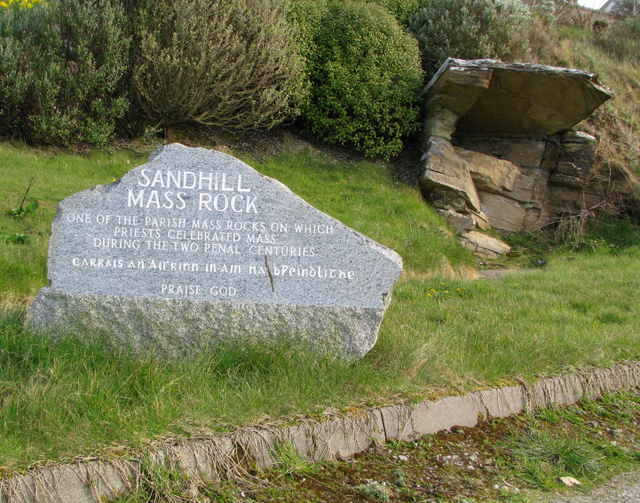
One of the best things about living is Ireland is that we can visit stone circles. Each circle is unique, beautiful, mysterious. Perhaps they have something to do with the observance of celestial phenomena like solstices and equinoxes. The circles in Kerry and West Cork seem to be.
It doesn't matter what they mean, I just like being with them.
The circles in Donegal differ from those in the southwest. They are bigger around, and often include burial cairns. And they are older.
On winter solstice morning, I knew it would be too cloudy to see a sunrise, so I celebrated by getting up early and visiting the stone circles of Beaghmore, about 90 minutes drive from us, near Omagh in Co. Tyrone.
This circle is in a pretty area of hill and bogs mixed with bogland called The Sperrins. Bogs are ancient, but they cover even older fields of neolithic farmers who cleared the original forests to plant their mediterranean grains. These farmers arrived in Ireland 4000 years ago, they left behind circles, dolmans, field boundaries, stone rows, and the bones of their beloved dead.
The circles in Donegal differ from those in the southwest. They are bigger around, and often include burial cairns. And they are older.
On winter solstice morning, I knew it would be too cloudy to see a sunrise, so I celebrated by getting up early and visiting the stone circles of Beaghmore, about 90 minutes drive from us, near Omagh in Co. Tyrone.
This circle is in a pretty area of hill and bogs mixed with bogland called The Sperrins. Bogs are ancient, but they cover even older fields of neolithic farmers who cleared the original forests to plant their mediterranean grains. These farmers arrived in Ireland 4000 years ago, they left behind circles, dolmans, field boundaries, stone rows, and the bones of their beloved dead.
Here's an imagined view of those farmers, burying the cremated bones of a loved one in a stone box called a cyst, with cairns over other cysts nearby.
Then the weather changed, and bog covered their fields.

No one knows if the bones are there because the circles made it a sacred place, or the other way around. That's a cairn there on the right, with two circles nearby.

As you can see, most of the stones that mark out the circles are small and delicate. Turf cutters discovered them in the 1940s. Had they not been under a bog for thousands of years, they would not have survived modern farmers and grazers. Perhaps there are more to be discovered.

That's another cairn there in the middle. The area inside this circle is covered in more tiny stones. Who knows why?

No one knows if the bones are there because the circles made it a sacred place, or the other way around. That's a cairn there on the right, with two circles nearby.

As you can see, most of the stones that mark out the circles are small and delicate. Turf cutters discovered them in the 1940s. Had they not been under a bog for thousands of years, they would not have survived modern farmers and grazers. Perhaps there are more to be discovered.

That's another cairn there in the middle. The area inside this circle is covered in more tiny stones. Who knows why?
Who knows why anything is left in a cemetery except to ease someone's grief?


This article from the Derry Journal about Beaghmore Stone Circles includes a drone overflight taken at sunset. I like the long shadows.



This stone was so unusual. I wanted to close my eyes and put my hands all over it.


Clearly, this place is a cemetary, and fitting to visit a cemetery on winter solstice. Despite the celebrations of light, food, and good cheer, winter solstice is about ghosts too, and the reminder it is not too late to repent of our transgressions against others.
The Sunday before Solstice, because it was a sunny day, we went to another cemetery in a pretty valley called Church Hill.

The ruined church is only 400 years old, but a church was first built on this spot in the 500s. A holy place, containing the bones of the beloved dead. Remember me. Pray for me. You will be here with us someday.
The message never changes, yet we must hear it each year.

We were happy to get home. Because today we are alive, and the sun is rising.


This article from the Derry Journal about Beaghmore Stone Circles includes a drone overflight taken at sunset. I like the long shadows.



This stone was so unusual. I wanted to close my eyes and put my hands all over it.


Clearly, this place is a cemetary, and fitting to visit a cemetery on winter solstice. Despite the celebrations of light, food, and good cheer, winter solstice is about ghosts too, and the reminder it is not too late to repent of our transgressions against others.
The Sunday before Solstice, because it was a sunny day, we went to another cemetery in a pretty valley called Church Hill.

The ruined church is only 400 years old, but a church was first built on this spot in the 500s. A holy place, containing the bones of the beloved dead. Remember me. Pray for me. You will be here with us someday.
The message never changes, yet we must hear it each year.

We were happy to get home. Because today we are alive, and the sun is rising.










































